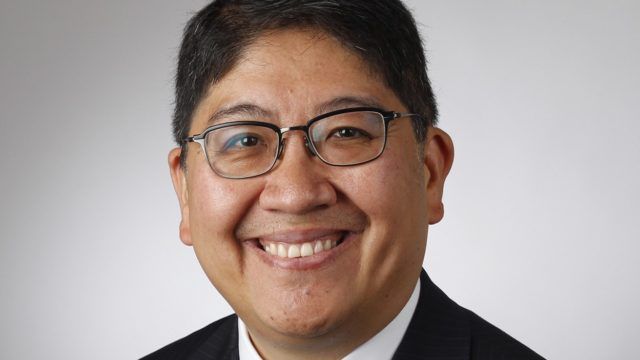Government bonds can no longer offer sanctuary for investors, who should now look at gold, safe-haven currencies, options and implied protection from global central banks to anchor their portfolios, Norman Villamin, CIO wealth management and head of asset allocation at UBP, said in a webinar last week.
“These strategies should allow investors to be active in both the risky credit and equity arenas despite global uncertainty,” he said, outlining the Geneva-based wealth manager’s asset allocation for the second half of the year.
Now that US Treasury yields are below 1% and assuming Fed Chairman Powell’s guidance against negative interest rates holds, they — like German Bund yields, which were already less than zero before the coronavirus outbreak — “offer at best capital preservation rather than a credible offset to risky asset volatility”.
Instead, investors should turn to other strategies “to protect portfolios in case central bank firewalls against a wider credit crisis are once again tested”, said Villamin.
Gold should make up a “significant proportion of portfolios” because central banks around the world have shown a low pain threshold in their battle against deflation before turning to their primary policy tool – printing money – which “will provide a tailwind for gold if global stability suffers more shocks”, he said.
Combining gold with safe-haven currency exposure in the Swiss franc and Japanese yen can help to recreate the refuge previously offered by government bonds within portfolios, according to Villamin.
Opportunities to use options strategies cost-effectively are now available to protect risky credit and equity exposure, and UBP has added outright put option protection as the CBOE Volatility Index (VIX) has retreated to below 30 for the first time since February.
“So, with the ballast in portfolios reestablished, investors can turn their attention towards return-generating assets,” he said.
Generating returns
In credit markets, US Fed purchases of investment grade bonds should support spreads and liquidity. However, investors will need to be more discerning about high yield and emerging market bonds especially as the default cycle accelerates.
“As a result, the buy-and-hold, passive approach that has served investors well in recent years should give way to a more active, bottom-up credit-focused selection to add value in the months ahead,” said Villamin.
In equities, a growth and quality bias in stock selection has allowed investors to navigate slow economic growth and leveraged corporate balance sheets in the eurozone and Japan since the global financial crisis. A similar approach is likely to reward investors in the US and elsewhere in the next few months at least, according to UBP.
“As the global economy is increasingly facing the same trials, we expect a similar growth and quality bias will reward investors in the wake of the current crisis,” said Villamin, who warned that value-focused strategies are likely to suffer as companies cut dividend pay-outs and instead concentrate on reducing debt.
In common with other wealth and asset managers, UBP believes that investors should also benefit from the acceleration of long-cycle trends, including the “development of technological solutions that are spurring transformation of the pre-lockdown economy as we enter the post-pandemic world”.
Moreover, the localisation and regionalisation of global supply chains in the coming years should create intra-sector winners and losers, much as globalisation two decades ago favoured first movers among companies as well as investors, according to Villamin.
“Thus, the pandemic and lockdown of the global economy in the first half of 2020 should be viewed as a catalyst, first for re-anchoring portfolios in the face of new risks, and then for focusing on the opportunities the new era will offer,” he said.

















